Ever wondered how technology can make your life infinitely easier? Imagine having a magic mirror that not only reflects your current status but also helps organize your digital life. That’s essentially what a Core App Dashboard is a central hub for managing various applications and their functionalities. In this article, we’ll dive deep into the world of Core App Dashboards and discover why they are pivotal for efficient digital management.
For you: Core App Dashboard Review
- What is a Core App Dashboard?
- Why Should We Use the Core Dash App?
- The Basics Functionality of Core App Dashboard
- Advantages of Using Core Dash Apps
- The User Experience (UX) of Core Dash Apps
- The Future of Core Dash Apps
- Choosing the Right Core Dash App for Your Needs
- How to Download Core App Dashboard for PC
- How to Download and Install Core App on Your Mobile Device
- Top Challenges of Core App Dashboard
- Cost-Benefit Analysis of Core App Dashboard
- How to Build a Core Dashboard Using ILLA Cloud
- Step 1. Sign Up and Set Up Your ILLA Cloud Account
- Step 2. Define Your Data Sources
- Step 3. Connect Your Data
- Step 4. Design Your Dashboard Layout
- Step 5. Customize Your Widgets
- Step 6. Set Up Data Refresh
- Step 7. Implement User Access Controls
- Step 8. Test Your Dashboard
- Step 9. Deploy Your Dashboard
- Step 10. Gather Feedback and Optimize
- How to Build a Core Dashboard Without ILLA Cloud
- Final Words: The Impact of Core Dash Apps on Modern Life
- FAQs
What is a Core App Dashboard?
When we dive into the digital world, one of the standout innovations we encounter is the Core App Dashboard. It’s like the control center for your digital activities, providing a centralized platform where you can interact with various apps and services in a cohesive manner. But it’s not a new idea; best digital dashboards have been evolving over the years, adapting to our increasing reliance on technology to manage our daily tasks and business operations.
Understanding Core App Dashboard
So, what exactly is a Core App Dashboard? Imagine a digital interface that displays the most critical information from multiple apps in one place. This isn’t just about convenience; it’s about efficiency. With a core dashboard, you’re not flipping through a dozen apps to get the data you need. Instead, everything is laid out for you, clear as day, ready to be accessed with just a click or a tap.
Must Read Blog: Totally Science GitLab: What is It? Features, Integration & How to Use it?
Why Should We Use the Core Dash App?
Let’s talk about why the Core Dash app is such a big deal for anyone who uses technology. Think of this app like your favorite organizer—it keeps all your important stuff in one spot, so you don’t have to search through a mess to find what you need.
Here’s the thing: our phones and computers are full of apps and programs, and it can be really tough to keep track of everything. That’s where Core Dash comes in. It puts all your bits and pieces in one place, on one screen. This means you can see everything at once without having to open ten different things.
And you know what’s even better? It saves you a bunch of time. No more going back and forth between apps to get stuff done. It’s all right there on your Core Dash.
This app isn’t just about making things less messy; it’s also about helping you get things done faster and easier. For people at work, it means you can see all the important info you need to make smart decisions without wasting time. For everyone else, it’s like having a personal helper to make sure you’re on top of your game, whether that’s keeping an eye on your money or just staying organized.
Using Core Dash means you’re ready for anything. It’s like having a secret weapon that keeps you one step ahead of the game. So, if you want to make your life a little bit easier and a lot more organized, the Core Dash app is the way to go.
Also read: What is IPTV Github? How to use it?
The Basics Functionality of Core App Dashboard
At its core, a dashboard’s functionality is to provide a snapshot of key data points. Think of it as a digital bulletin board that highlights the most important information you need to run your day-to-day activities. It’s here where you can glance at your latest sales figures, website traffic, or even social media engagement without delving into multiple apps or spreadsheets.
- User-Friendly Interface: The dashboard should have a clear and intuitive user interface, allowing users to navigate and understand the data without requiring extensive training.
- Interactivity: The ability to interact with the data, like drilling down into specific metrics for more detail, enables users to explore the data and gain deeper insights.
- Alerts and Notifications: Dashboards can be set up to send alerts and notifications based on set criteria, ensuring that users are promptly informed about important events or milestones.
- Data Aggregation: The dashboard should have the ability to aggregate data from various sources, providing a cohesive view of the information that matters.
- Performance Indicators: Including key performance indicators (KPIs) on the dashboard helps users quickly assess the performance and health of various aspects of the business.
These points enhance the functionality of a dashboard, making it not just an information display tool but also an interactive platform that informs and prompts action.
Also read: Factors that Affect the Cost of a Source Code Audit
Advantages of Using Core Dash Apps
Why clutter your digital space with multiple apps when a Core Dash app can bring everything into one view? The centralized data management it offers means all your information is in one spot, updated in real-time, and readily available. This isn’t just about neatness; it’s about harnessing data to make informed decisions quickly.
- Efficiency in Monitoring and Reporting: Core Dash apps streamline the process of monitoring various metrics and generating reports. By automating these tasks, businesses can save valuable time and reduce the likelihood of human error.
- Real-Time Updates and Alerts: The ability to receive real-time updates and alerts allows users to respond promptly to any critical changes or issues, keeping operations running smoothly and proactively addressing potential problems.
- Collaboration and Sharing Capabilities: Core Dash apps often include features that facilitate collaboration among team members. The ability to share dashboards and data views makes it easier for teams to work together and stay aligned on goals and progress.
- Improved User Engagement: By presenting data in an interactive and visually appealing format, Core Dash apps can enhance user engagement, making it more likely for users to interact with the data and derive insights.
- Accessibility Across Devices: With the increasing use of mobile devices, Core Dash apps are designed to be accessible across various platforms, including smartphones and tablets, ensuring that users have access to their data anytime, anywhere.
Also have a look at How Low Code Applications Are Changing the Game?
The User Experience (UX) of Core Dash Apps
A standout feature of any successful Core Dash app is its Intuitive Design and Navigation. It’s crucial that users feel at ease when interacting with the dashboard. The design should be clean, with a logical flow that naturally guides the user through tasks. Good UX in a Core Dash app means that the user doesn’t have to think too hard about where to find information or how to use features. This ease of use is crucial for adoption and long-term engagement.
Here are five key bullet points that capture the essence of good UX in Core Dash apps:
- User-Centric Design: The layout is focused on the user’s needs, ensuring that the most frequently accessed information is readily available.
- Simplicity: A clutter-free and straightforward design helps avoid user frustration and enhances productivity.
- Accessibility: Features are designed to be accessible to users with varying levels of tech-savviness and abilities.
- Personalization: Users can modify layout and settings to suit their personal workflow and preferences.
- Responsive: The app performs consistently across different devices and platforms, providing a seamless experience.
But how does a Core Dash app maintain its relevance and user satisfaction over time? Through User Feedback and Updates. The developers of these dashboards understand that to maintain a positive UX, they must listen to their users. They need to be agile, ready to tweak and improve features, and fix any issues promptly. This ongoing process of refinement ensures that the dashboard evolves to meet the changing needs of its user base, keeping the UX fresh and relevant.
Furthermore, the UX of Core Dash apps often includes customization options, allowing users to tailor their dashboard to their specific needs and preferences. This personal touch can significantly enhance the user’s interaction with the app, making for a more enjoyable and productive experience.
In essence, the UX of a Core Dash app isn’t just about looking good—it’s about feeling right. It’s about creating an environment where the user can work smarter, not harder, and where the tool becomes an extension of their capabilities, not a hindrance.
Also have a look at Healthcare Software Development Cost: Exact Price Tag
The Future of Core Dash Apps
Looking ahead, we can expect Core Dash apps to incorporate predictive analytics and AI, further enhancing their utility. The role of machine learning will be to personalize and optimize the dashboard experience, making it even more intelligent and user-friendly.
According to statistics from Statista cited by Aspirity.com, over 50% of global website traffic in 2021 was generated by mobile devices. This underscores the importance of optimizing Core App Dashboards for mobile use, ensuring they provide an efficient user experience (UX) on smartphones as well as laptops.
Furthermore, Core App Dashboards are evolving to support more dynamic and interactive content. They are beginning to facilitate complete actionability, where users don’t just view information but also interact with it, customizing and manipulating data to fit their needs. Additionally, the design of these dashboards is focusing on a well-balanced UI, where simplicity and clarity are paramount, and visual elements such as colors and icons are used strategically to highlight critical information and improve navigation.
This evolution is particularly relevant in the context of online learning platforms, where such enhanced dashboards can significantly enrich the educational experience. By integrating these advanced features, online learning platforms can offer more personalized and interactive course management tools, aiding both educators and learners in a more connected and intuitive digital environment.
This information provides a glimpse into the ongoing developments in Core App Dashboards, emphasizing the significance of mobile optimization and interactive capabilities in meeting the demands of modern users.
Also read: Beyond the UI: Exploring API-First Approaches to Automated Testing
Choosing the Right Core Dash App for Your Needs
Choosing the right Core Dash App for your needs isn’t just about selecting the shiniest tool in the shed; it’s about finding the perfect fit for your unique puzzle. Here’s a straightforward path to ensure you pick an app that aligns with your goals and scales with your ambitions.
Step 1. Assess Your Requirements: Start by listing out the specific functionalities you need from a Core Dash App. Consider the types of data you’ll be tracking and the level of complexity you need in terms of analysis and reporting.
Step 2. Budget Consideration: Be clear about how much you’re willing to invest. This will help narrow down the options to those that give you the best value for your money.
Step 3. Explore Market Options: Research the market for the apps that meet your criteria. Look for reviews, ratings, and feedback from current users to gauge the performance and reliability of each app.
Step 4. Test for Compatibility: Ensure the app integrates smoothly with your existing systems. Check for compatibility with the software and tools your team already uses.
Step 5. Evaluate User Experience: The app should be user-friendly. Take advantage of free trials to test the interface and ensure it’s intuitive for you and your team.
Step 6. Analyze Customization Capabilities: The ability to customize the dashboard to fit your specific needs is crucial. Confirm that you can modify the app to reflect your brand and workflow.
Step 7. Consider Scalability: Think long-term and choose an app that can grow with your business. It should be able to handle increased data volume and complexity as your needs evolve.
Step 8. Support and Training: Look into the level of customer support and training resources available. Good support can make a significant difference in the implementation and adoption phases.
Step 9. Security Features: Security is non-negotiable. Verify that the app has robust security measures in place to protect your data.
Step 10. Make the Decision: After careful consideration and comparison, make an informed decision based on which Core Dash App best suits your needs and offers the best return on investment.
By following these steps, you’ll be in a strong position to choose a Core Dash App that not only fits your current requirements but also supports your future growth and success.
Also Read: How To Write a Request for Proposal Properly
How to Download Core App Dashboard for PC
If you’re looking to streamline your digital management, installing a Core App Dashboard on your PC could be a smart move. Here’s a brief guide on how to do it:
- Choose Your Dashboard: Do some research to find a Core App Dashboard that suits your needs.
- Visit the Official Website: Go to the chosen dashboard’s official site to avoid any security risks.
- Download: Look for a ‘Download’ button, usually found on the homepage or under a ‘Downloads’ or ‘Products’ section.
- Install the Program: After downloading the file, open it and run the installer by following the prompts.
- Set Up: Once installed, you may have to sign up for an account or log in to start using your dashboard.
Also read: How a Pyramid Chart Can Elevate Your Business Practices
How to Download and Install Core App on Your Mobile Device
Here’s a simple, step-by-step guide on how to download and install a Core App on your mobile device, ensuring you’re always connected to your digital life.
- Navigate to Your App Store Begin by unlocking your mobile device and finding the app store icon. For Android users, this will be the Google Play Store, and for iOS users, the App Store. Tap on the icon to open the store.
- Search for the Core App Once the app store is open, use the search function to locate the Core App Dashboard you wish to install. Be sure to use the exact name of the app for the best search results.
- Select the Correct App You’ll likely see a list of applications. Carefully select the Core App Dashboard that fits your needs by tapping on the app icon. It’s important to verify the app’s developer and read through the reviews to ensure it’s the official and most reliable version.
- Download and Install the App Now, tap on the ‘Install’ or ‘Get’ button next to the app. Your device may ask for your permission to download the app. If so, confirm your choice, and the download will begin immediately. The app will automatically install once the download is complete.
- Open the App and Sign In After installation, locate the app icon on your home screen or app drawer. Tap it to open the Core App Dashboard. You’ll likely need to sign in with your account details or sign up for a new account if you don’t have one already. Follow the on-screen instructions to complete the setup.
And just like that, you’ve got the power of your Core App Dashboard right in your pocket! Whether you’re managing business operations, tracking personal goals, or simply staying organized, your dashboard is now as mobile as you are.
Also read: AI-Driven Business Ideas Across Diverse Industries
Top Challenges of Core App Dashboard
When embracing the sophistication of Core Dash apps, we also inherit a spectrum of challenges and considerations. It’s not just about installing a new software suite; it’s about integrating a new operational culture. Resistance to change is a natural human tendency, especially in established environments. To mitigate this, an inclusive approach to change management is vital.
Technical glitches can also pose significant hurdles. No system is immune to the occasional bug or downtime. Ensuring robust technical support and having contingency plans in place is crucial for minimizing disruptions.
Another key consideration is data overload. With so much information available at our fingertips, it can be tempting to monitor everything. However, this can lead to analysis paralysis, where the decision-making process is hindered by too much data. A Core Dash app should be configured to filter out noise and highlight the most actionable data points.
Keeping up with evolving tech is a double-edged sword. While it’s essential to stay current, there’s also a risk of becoming too dependent on a system that may become obsolete. Flexibility and adaptability should be baked into any Core Dash strategy, allowing for pivots and upgrades as technology marches forward.
Lastly, there’s the issue of integration complexity. As businesses adopt an ever-growing array of software tools, ensuring that these systems communicate seamlessly with the Core Dash app becomes a daunting task. This requires diligent planning and often the assistance of specialized IT professionals to ensure smooth interoperability.
Navigating these challenges requires a blend of strategic foresight, technical savvy, and a deep understanding of one’s organizational dynamics. With careful planning and the right mindset, the hurdles can be transformed into stepping stones towards a more efficient and data-driven future.
Cost-Benefit Analysis of Core App Dashboard
When it comes to integrating a Core Dash app into your life or business, conducting a Cost-Benefit Analysis is a step you can’t afford to skip. It’s not just about the price tag that comes with the software; it’s about measuring the tangible and intangible benefits against the investment. Let’s break it down.
First, consider the return on investment (ROI). A Core Dash app might seem like just another expense on the surface, but it’s essential to delve into how it can streamline operations, provide insights for better decision-making, and potentially increase revenues or savings through improved efficiencies. It’s about the long game — investing now for payoffs that will continue over time.
Then, there’s the aspect of time-saving. Time is a non-renewable resource, and a Core Dash app is designed to save you hours that you’d otherwise spend compiling reports and analyzing data. Think of it as buying time — what’s that worth to you?
On the flip side, there are the hidden costs. These might include training staff to use the new system, any downtime during the transition, and potential maintenance costs. However, these need to be weighed against the hidden savings, like reduced human error, the value of having real-time data at your fingertips, and the elimination of redundant software tools that the Core Dash app might replace.
Also, consider scalability. Will the chosen Core Dash app grow with your needs, or will you be looking for a replacement in a year or two? A good investment now could mean avoiding future costs, so look for a solution that’s built to expand.
Lastly, there’s the less tangible but equally important factor of customer satisfaction. In a business setting, a Core Dash app could enhance the customer experience by providing quicker, more accurate responses and personalized service. This can lead to increased customer loyalty and, consequently, repeat business — another benefit that might be hard to quantify but is invaluable nonetheless.
A Cost-Benefit Analysis of a Core Dash app should go beyond simple expenditure and income calculations. It should take into account the broader impact on your operations, the efficiencies gained, and the potential for growth and improved service that come with a well-chosen system. Making an informed decision requires looking at both the immediate costs and the long-term value it will add to your work or personal life.
How to Build a Core Dashboard Using ILLA Cloud
Creating a Core App Dashboard using ILLA Cloud can transform how you visualize and interact with your data. ILLA Cloud is a platform that offers a low-code approach, allowing users to build customized dashboards without extensive coding knowledge. Here’s how you can build your Core Dashboard using ILLA Cloud:
Step 1. Sign Up and Set Up Your ILLA Cloud Account
Before anything else, you need to create an ILLA Cloud account. Go to the ILLA Cloud website and sign up. Once you have your account, log in and familiarize yourself with the dashboard.
Step 2. Define Your Data Sources
Decide on the data sources you want to integrate. ILLA Cloud supports various data connections, so whether your data is in a spreadsheet, a database, or an online service, you can bring it all together here.
Step 3. Connect Your Data
Use ILLA Cloud’s connectors to link your data sources to the platform. This may involve entering credentials and specifying data endpoints, but the process is guided and straightforward.
Step 4. Design Your Dashboard Layout
Consider the structure of your dashboard. What information is most important? ILLA Cloud provides drag-and-drop components to help you design your dashboard’s layout, so you can visualize your data effectively.
Step 5. Customize Your Widgets
For each piece of data you want to display, create a widget. Customize these widgets to show your data in tables, charts, graphs, or counters. Each widget can be tailored to reflect the specific metrics you’re interested in.
Step 6. Set Up Data Refresh
Configure your dashboard to refresh at regular intervals, ensuring you’re always looking at the most up-to-date information. ILLA Cloud allows you to set this up so that your data is current, without the need for manual updating.
Step 7. Implement User Access Controls
If your dashboard will be used by others, set up user permissions and access controls. This ensures that sensitive data remains secure and that users only see the data relevant to them.
Step 8. Test Your Dashboard
Before rolling it out, thoroughly test your dashboard. Check that all data sources are updating correctly, that the layout is intuitive, and that all the information displayed is accurate.
Step 9. Deploy Your Dashboard
Once you’re satisfied with your dashboard, deploy it. ILLA Cloud provides hosting, so your dashboard will be accessible to your team or clients based on the access controls you’ve set.
Step 10. Gather Feedback and Optimize
After deployment, gather feedback from your users. Use this to optimize the layout, widgets, and overall functionality of your dashboard. ILLA Cloud’s flexibility allows you to make changes easily.
By following these steps, you can leverage ILLA Cloud to create a powerful Core App Dashboard tailored to your needs. Remember, the beauty of a tool like ILLA Cloud lies in its ability to democratize the creation of complex data visualization tools, making them accessible to a broader range of users and skill levels.
How to Build a Core Dashboard Without ILLA Cloud
Creating a core dashboard without utilizing a platform like ILLA Cloud involves selecting alternative tools and technologies that can provide the necessary infrastructure and functionality for dashboard creation. You’ll need to consider several steps, such as choosing a database, selecting a front-end framework, integrating APIs, and ensuring data security.
Without a service like ILLA Cloud, you must manually handle these components, which requires a deeper understanding of both software development and the specific needs of your dashboard’s end-users. It’s important to evaluate various open-source or paid software stacks that can replace the functionalities provided by ILLA Cloud and determine if they align with your project’s goals and technical constraints.
Final Words: The Impact of Core Dash Apps on Modern Life
Core Dash apps have become a staple in the diet of digital tools we consume daily. They streamline processes, clarify complexities, and, most importantly, save us time. As we look to the future, their role is set to become even more integral to our personal and professional lives.
FAQs
What is the primary benefit of using a Core Dash app?
The primary benefit of using a Core Dash app is to have a centralized platform for monitoring and managing data from various applications.
How do Core Dash apps ensure the security of my data?
Core Dash apps ensure data security through encryption, compliance with privacy standards, and regular security updates.
How do I access the Core App Dashboard?
To access the Core App Dashboard, usually, you need to log into your account on the respective platform or service that offers it and navigate to the dashboard section.
Is the Core App Dashboard compatible with mobile devices?
Yes, the Core App Dashboard is typically designed to be compatible with mobile devices, often through a dedicated app or a mobile-responsive web interface.
Can Core Dash apps be customized for individual needs?
Yes, Core Dash apps can be extensively customized to fit individual or business-specific needs and preferences.
Are there any challenges to be aware of when implementing a Core Dash app?
When implementing a Core Dash app, challenges can include data integration complexity, user training, and adapting to workflow changes.
What should I look for when choosing a Core Dash app?
When choosing a Core Dash app, look for user-friendly interface, customization options, robust integration capabilities, and positive user reviews.
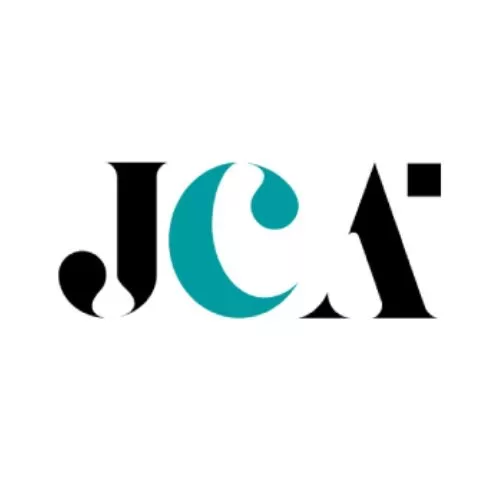
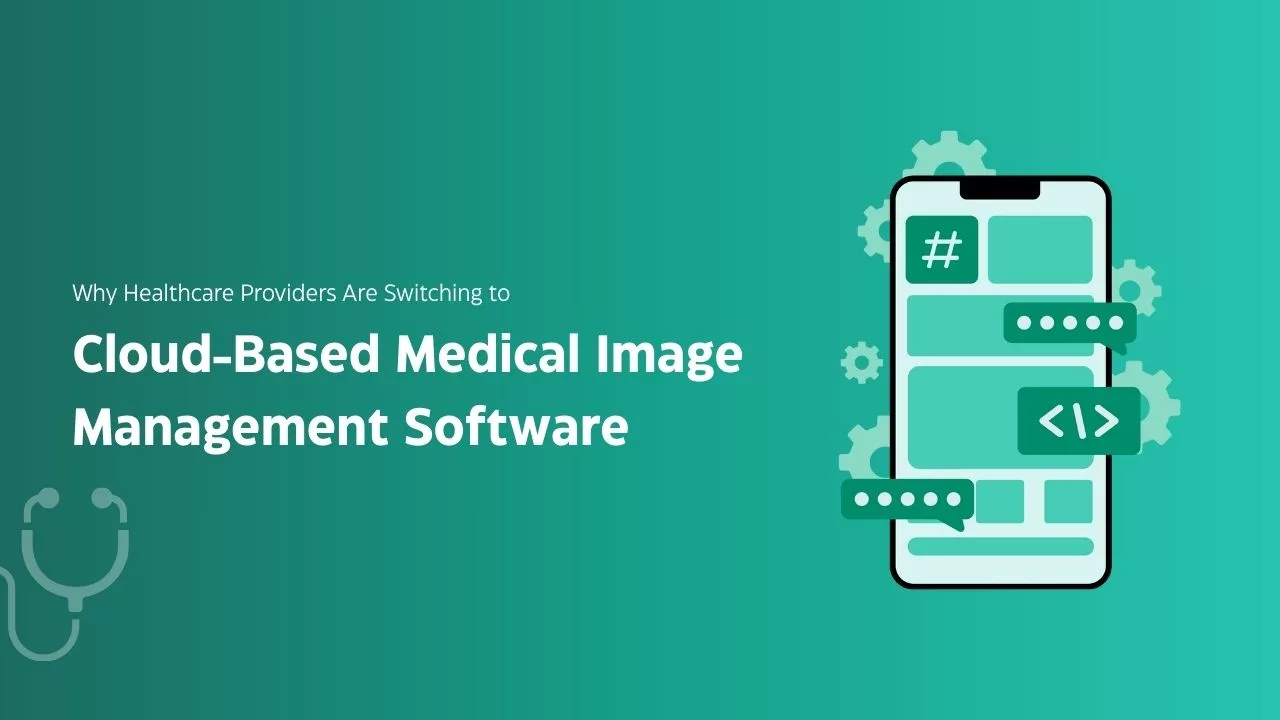


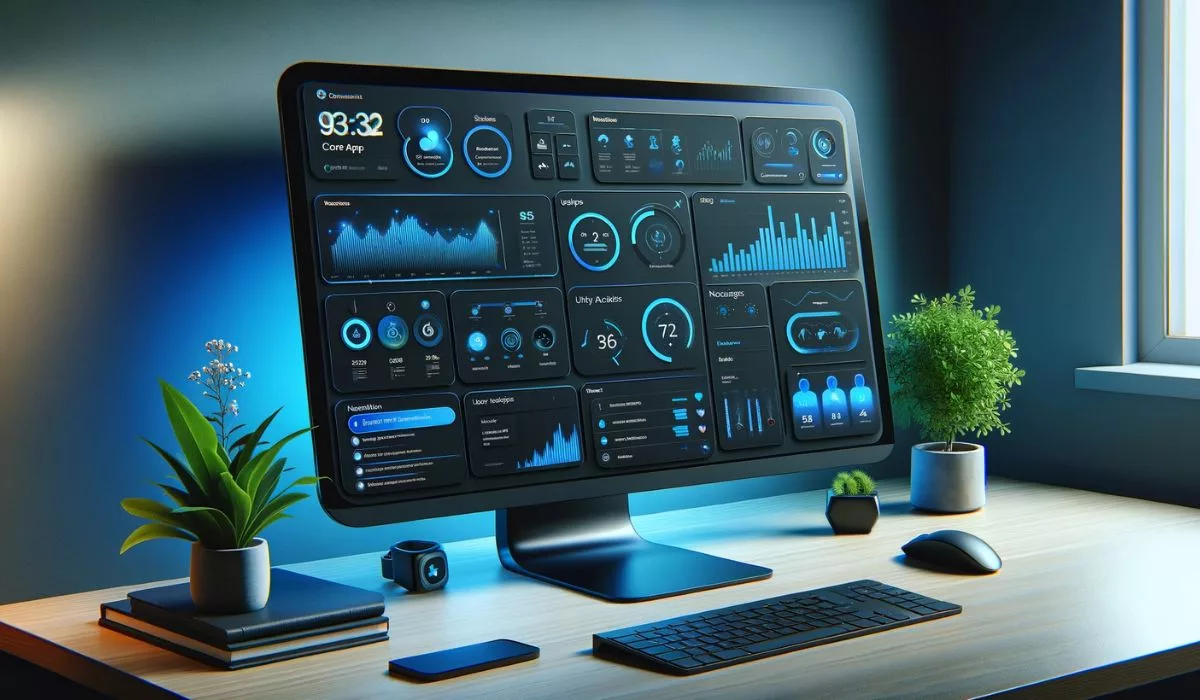
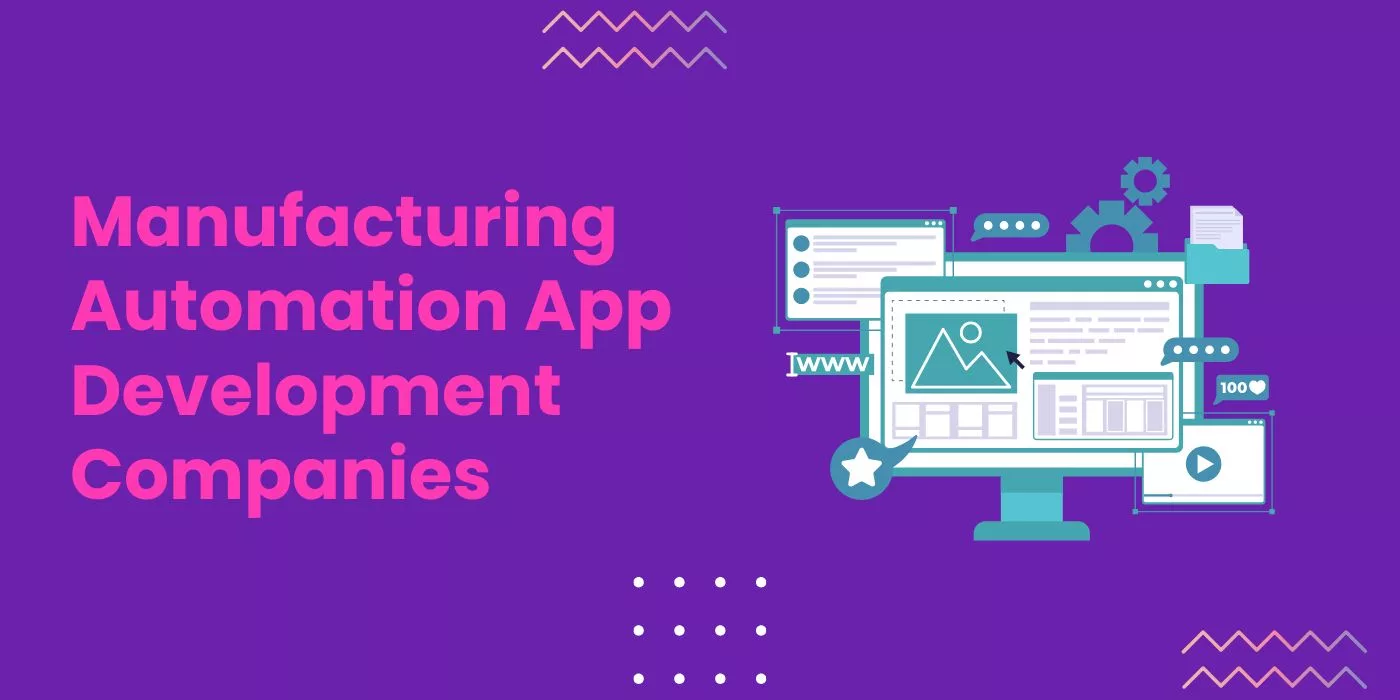

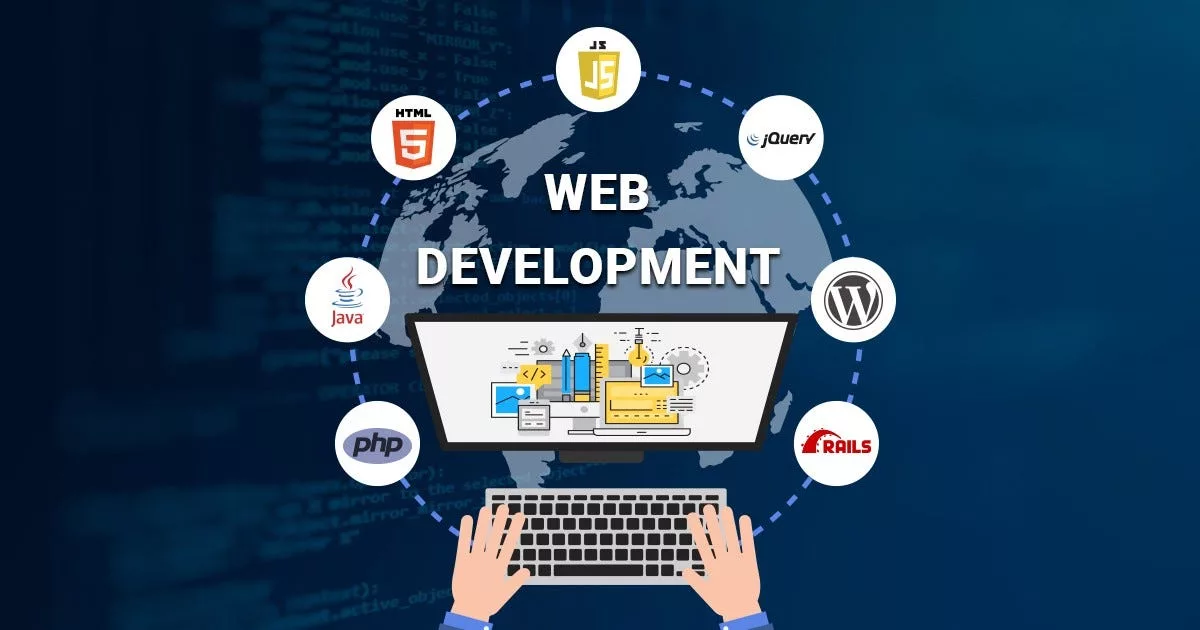
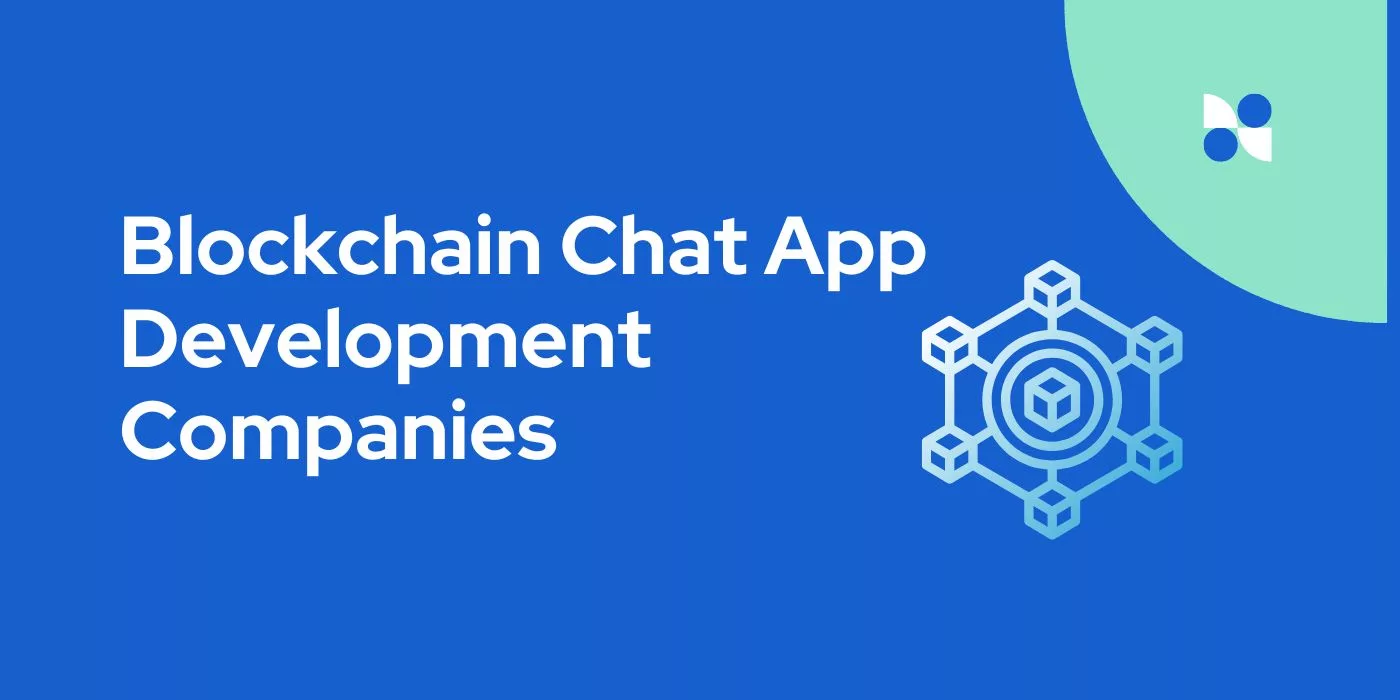
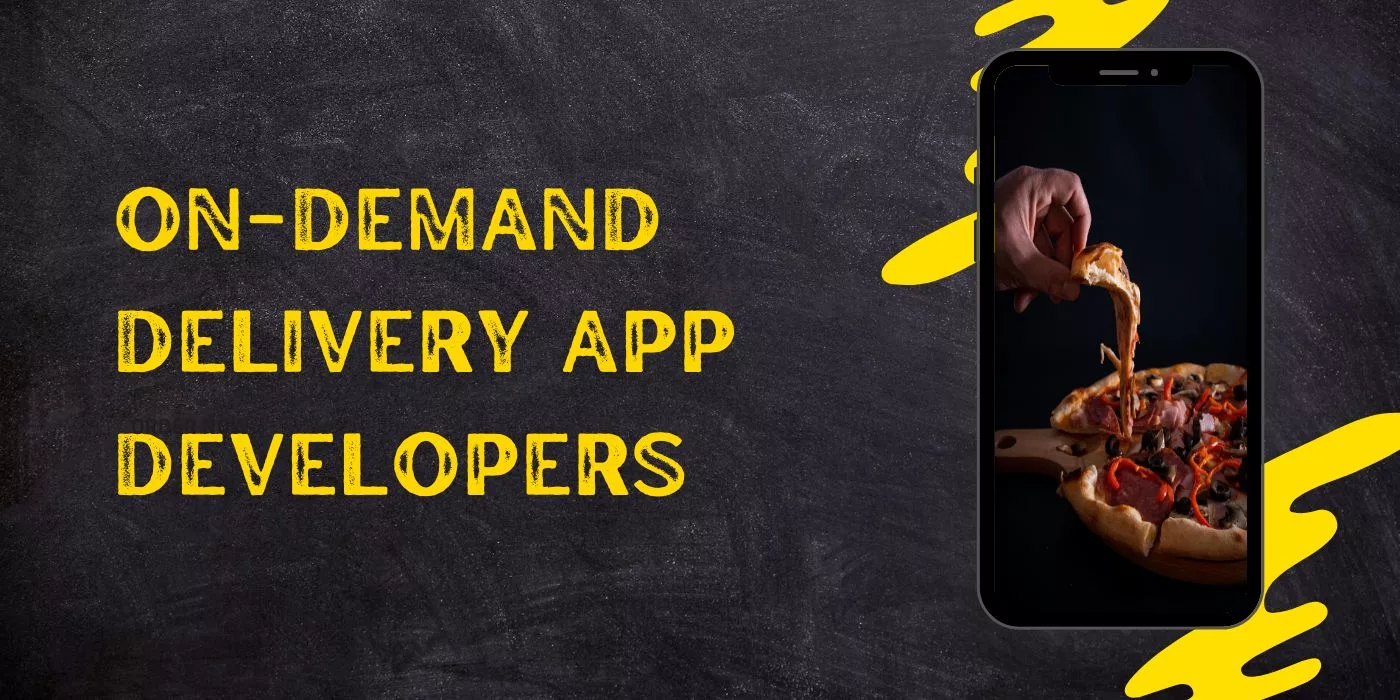
Leave a Reply